Does your mobile phone provide better quality than a typical webcam? I'll test some virtual webcam software for mobile.
Zoom vs WebRTC Video Quality
Is there a clear winner? Let's find out.
Quality. Since the first lost packet of VoIP, I’ve been on a quality campaign in communications. It matters! This article is a favorite of mine with research indicating if the audio quality is high, people perceive the speaker as more intelligent. Similarly, we’ve known for years that short call ‘hold’ times (the duration of a call) was a key indicator of the quality of the audio (bad audio = short call time).
WebRTC using a wideband codec offered the promise of high fidelity. But if your input source is bad (bad microphone or acoustics), then no amount of fancy technology further downstream will make you sound better. I argued, go out and by yourself a better microphone (article here).
In the pre-TikTok era, I argued you should invest in a decent lighting set-up, it matters and I wrote an article on inexpensive lighting solutions. This was again pre the days of dozens of ring lamps being available on Amazon.
But I want to get back to video quality because it matters too. Years ago I called a major webcam provider to ask what they were doing for higher optical quality & faster frame rates – they thought I was crazy, it was all about styling. I also contacted Taiwanese OEM manufacturers of webcam assemblies (which typically cost about $1.25). Is anyone asking for high quality/faster frame rates? Nope. I suspect in the last year they all may have changed their tune. 3rd party webcams have gotten better and this is a super article on webcam comparisons.
I have become annoyed with the perpetual ‘soft’ focus that ALL online video conferences seem to have (clearly good). Is this the best we can do? For this article, I wanted to do a simple comparison of Zoom vs WebRTC. Is there a clear winner? Yes, perhaps.
Jitis did a nice comparative YouTube video segment in 2018 however, it’s 3 years later and Zoom likely hasn’t been asleep at the switch. Where are we today? I set out to find out in my highly unscientific but typical office worker set-up.
- I downloaded a classic eye chart and printed it on our office laser printer (you can see this below)
- I taped the eye chart to the wall and set up a recent vintage Lenovo T470P running Windows 10 using Chrome Version 90.0.4430.212 (Official Build) (64-bit) and Zoom April 30, 2021 version 5.6.5 (823)
- The laptop was set up ~ 26 inches / 65 cm from the wall (so about normal viewing for a person). Normal office lighting (fluorescent).
- All test calls were made between 2 computers on our internal network.
- For the WebRTC calls, I used talky.io running in P2P mode as well as Meet Jitsi https://meet.jit.si/ (which supports HD).
- I tested using the Lenovo’s internal webcam and just for fun, I did similar testing using Apple iPhone 11Pro Max using the Zoom native client and Safari.
- I took a screenshot of each image after allowing the connection to stabilize.
- I edited each screenshot in Photoshop purely for size and alignment as there were some slight offsets (but photos were unretouched).
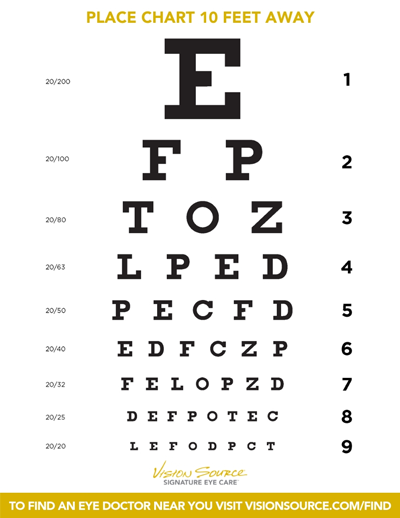
Before you complain, I’d love to see someone more technically capable take on a more scientific review (I devoted an entire hour to this in-depth project!). Sample images below.
To my eye, Zoom looks better (if you’re doing remote eye exams, Zoom is definitely the way to go, everyone is guaranteed to need glasses). I noted that the WebRTC connection seemed to hunt for quality. The image would go from good to bad and back to good. Zoom seemed to stay on mark and didn’t fluctuate (to my eye). While Zoom’s quality wasn’t outstanding, it was consistent. Check the comparisons below and let yourself judge my unscientific results.
Perhaps this comparison isn’t fair. I didn’t take into account color rendition or how either handled poor network conditions. We don’t normally ‘video’ still images and zoom in on them. But from my basic layperson’s view, Zoom was a tad sharper. Though my message is there is room for improvement.
We’ve all experienced the new 4K video segments of the “nearly there” experience. I have found that YouTube segments with poor video or audio quality struggle to hold my nanosecond attention span. While network speeds have improved, they may never achieve consistent speed/quality to achieve the silky smooth and sharp 4K imagery we simply will expect to hold our attention.
Below is where we are and indeed, we’ve come a long ways (from when video didn’t work except in rare circumstances with a ton of fiddling). Network speeds and delivery might get marginally better in the future, but I’m thinking we’re going to have to re-imagine the entire notion of how video is transmitted and rendered. Unknowing what we know or believe to apply new techniques to the same old problem is perhaps our future.
Below is comparison WebRTC vs Zoom using my Lenovo Laptop default.
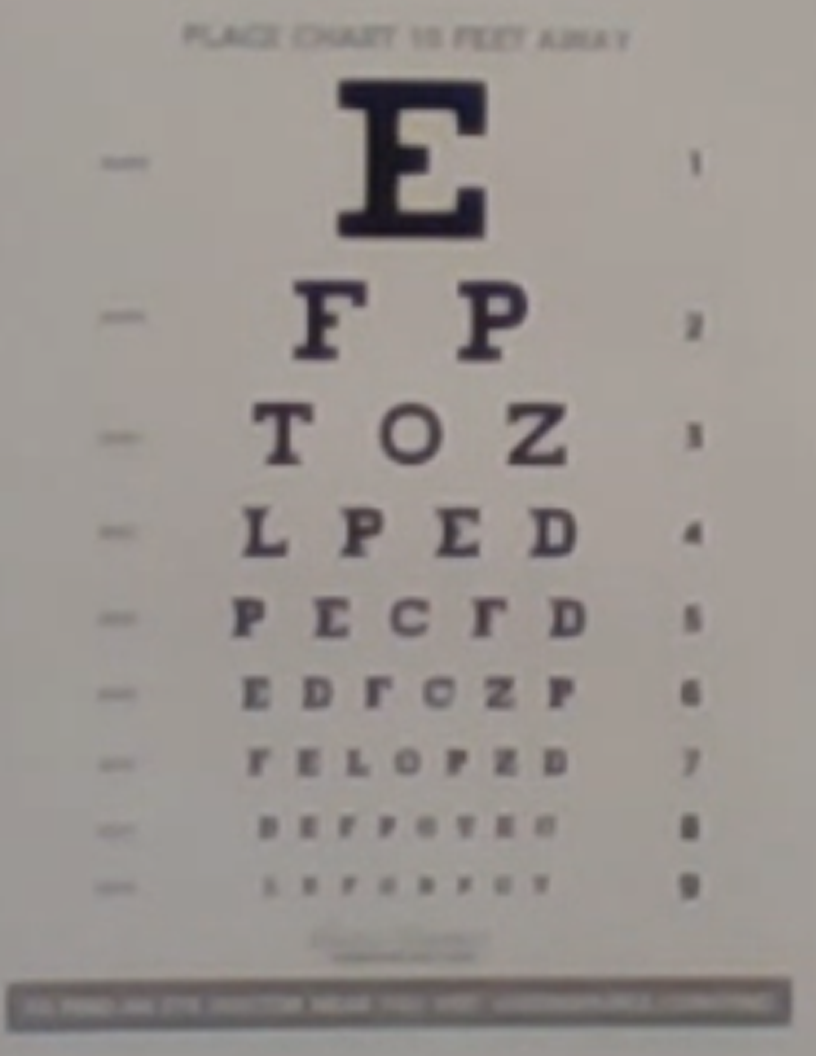
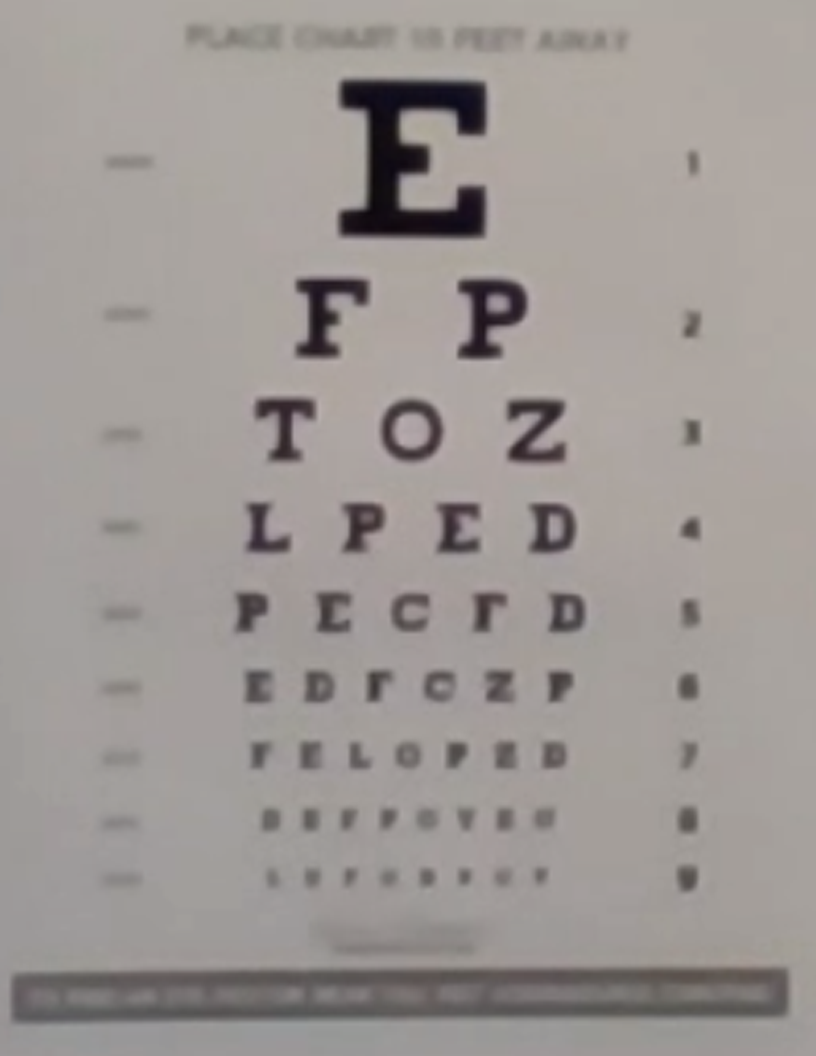
As a follow-on, here’s a comparison between the native Lenovo webcam and and Apple iPhone 11Max pro on Zoom. The iPhone clearly is trying to brighten the scene automatically.
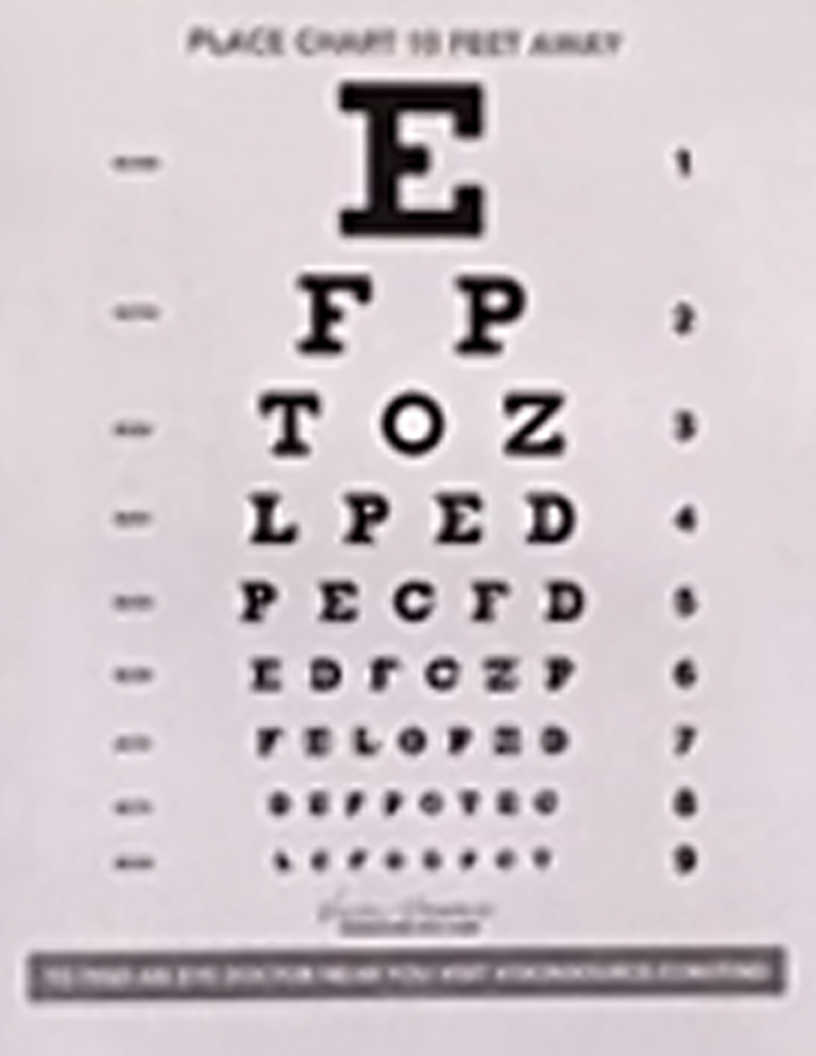

I also looked at Agora.io using their native demo vs a WebRTC P2P session using my Lenovo webcam.
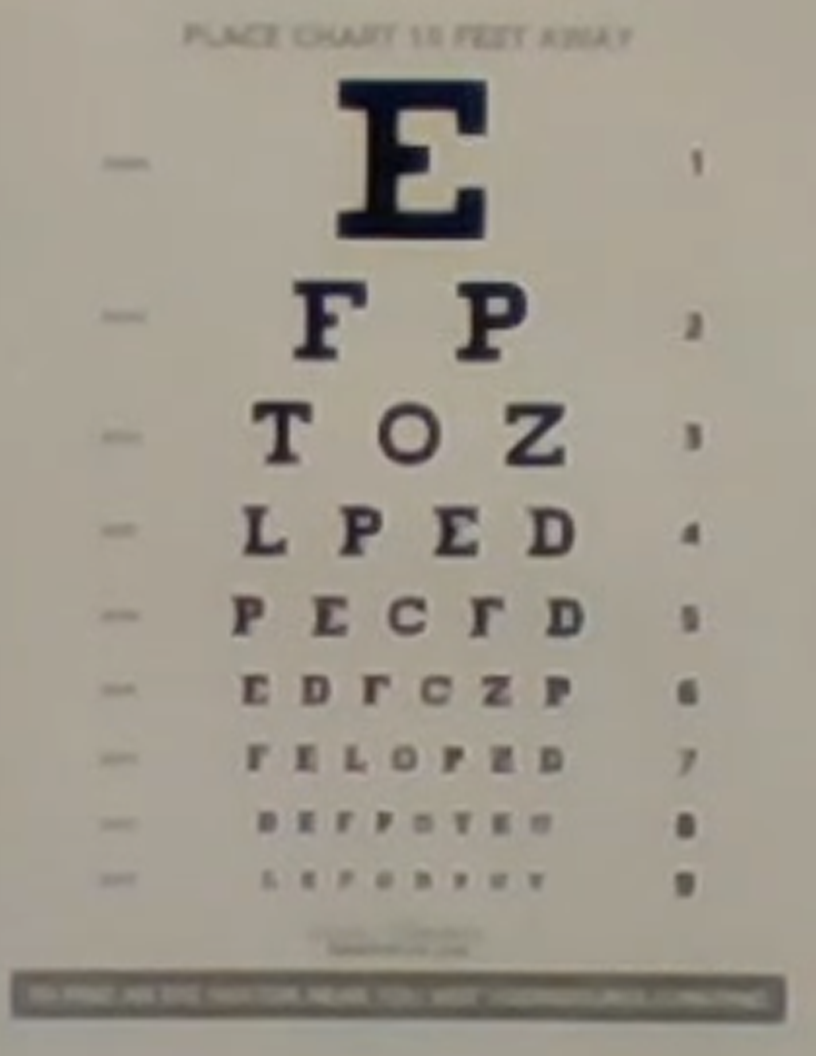

Finally, here is same with a Logitech C920 HD Pro with Zoom feature set to HD mode and HD mode using Jitsi Meet. The HD setting enables 1080p. HD obviously needs more bandwidth and reliably if it’s to work well.
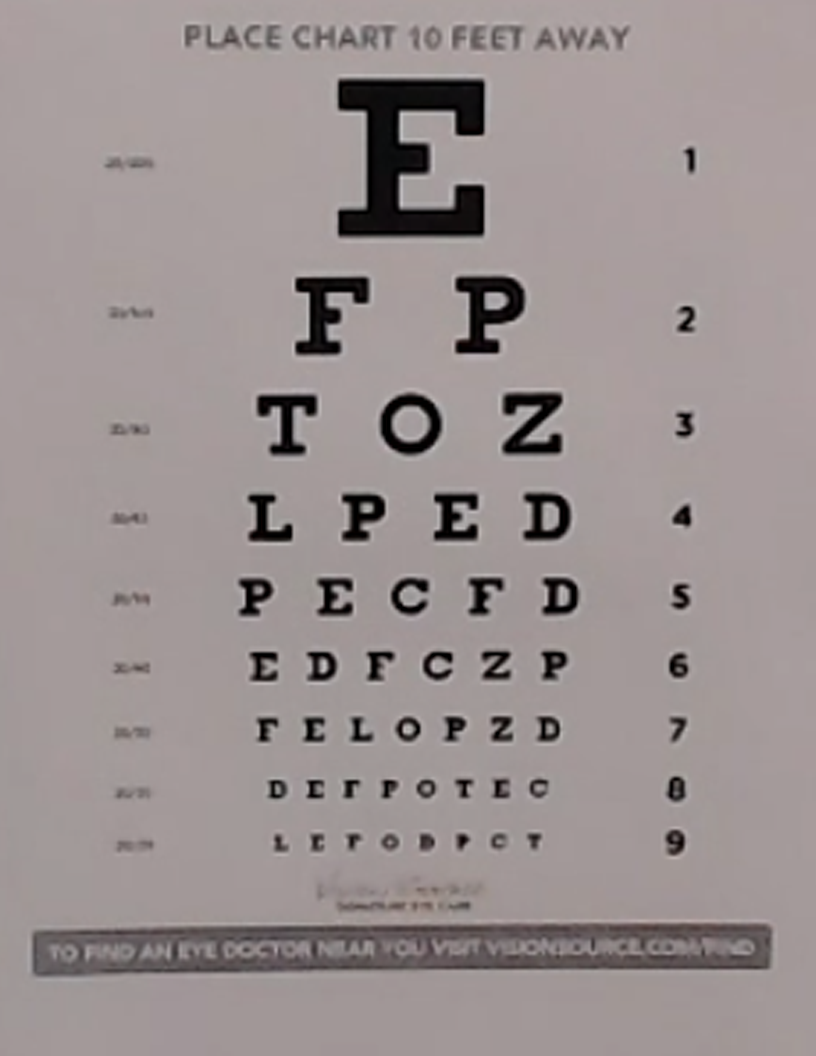
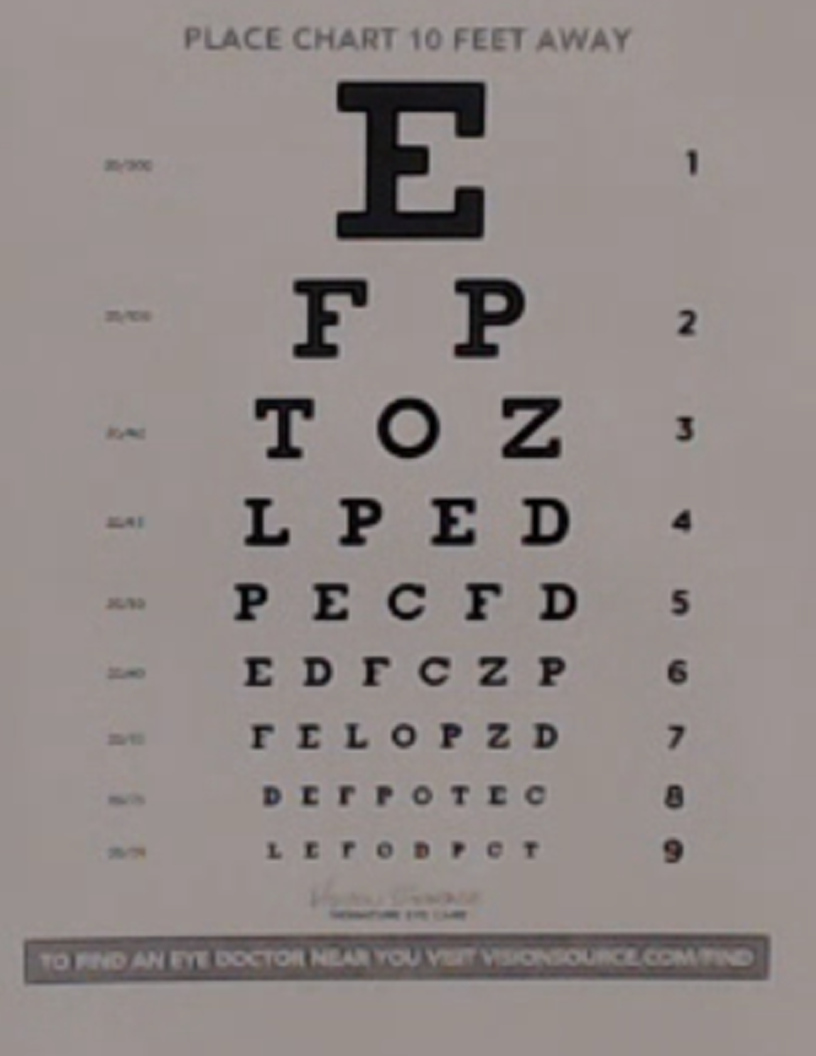
Caveats: While I did numerous test runs this was NOT a 100% controlled testing environment and your own results are likely to vary. Did I see a clear winner? No. Some tests seemed sharper than others, but this sharpness also introduced some level of pixelization which could be perceived as bad. And as I noted, video isn’t about remote eye exams, it’s usually about seeing another person and here perceptions may change.